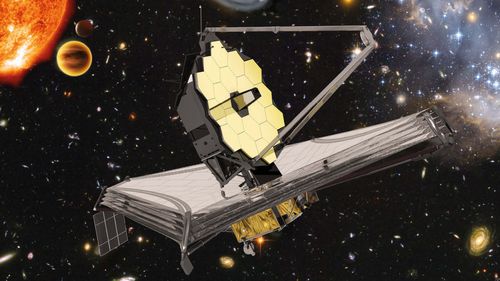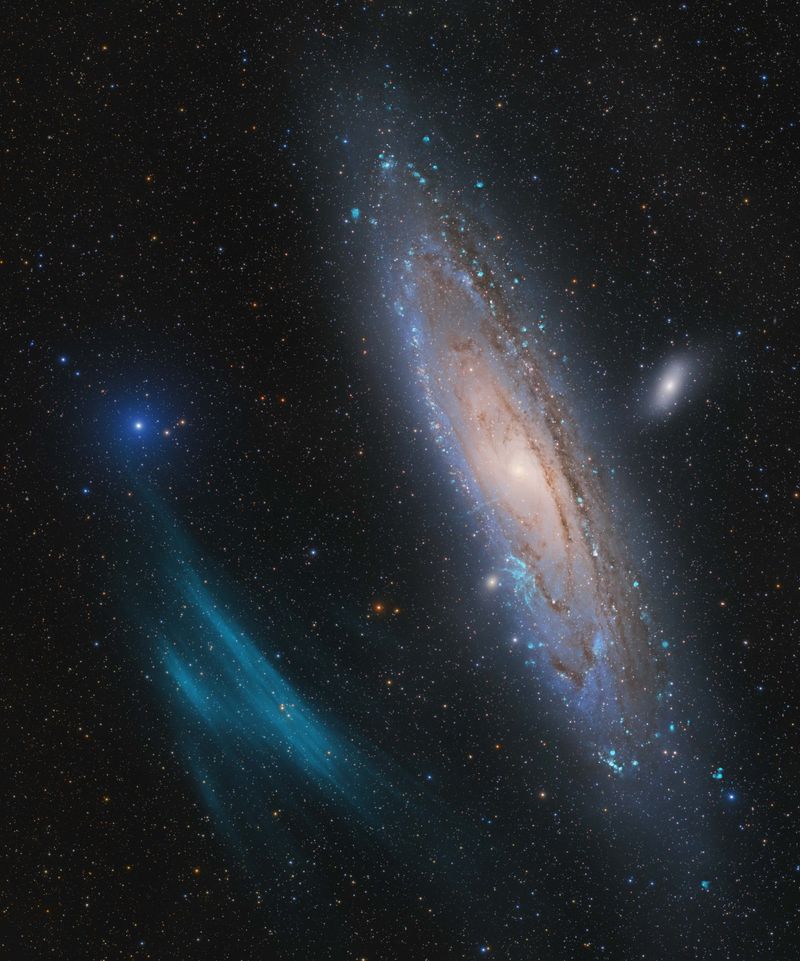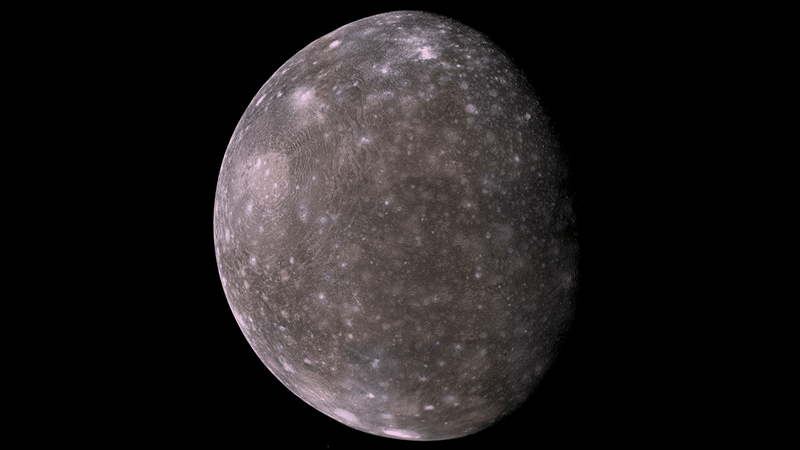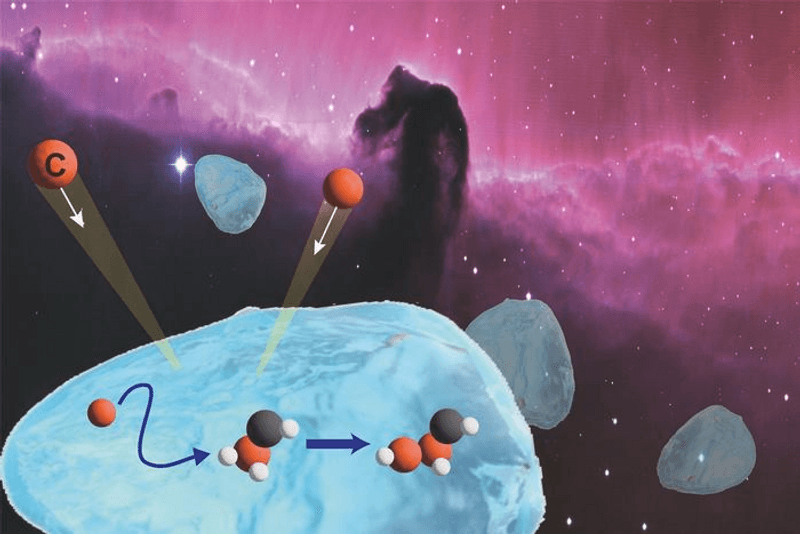If everything goes according to plan, the much-delayed James Webb Space Telescope (JWST) will finally launch in October 2021, after an initial launch date of 2007. The observatory will be the successor of two of the most successful space telescopes ever launched: Spitzer, which was retired last year, and Hubble, NASA's flagship astophysics mission. However, for many, this huge responsibility, to allow humanity to see further than we have ever seen before, is tainted by the bigoted legacy of former NASA administrator James Webb, for whom the telescope is named.
JWST was originally called the Next Generation Space Telescope. In 2002, it was renamed after Webb honoring him for running the fledgling space agency during the Apollo years, from 1961 to October 1968. Then in 2015, Webb’s role in the so-called "Lavender Scare" came to light. This was the state-sponsored anti-LGBT witch-hunt that purged gay and bisexual scientists and civil servants from US federal jobs in the 1950s and '60s, which ran alongside McCarthy's more well-known communist witch-hunt, the "Red Scare". Webb himself facilitated and supported homophobic policy discussions among US senators as Undersecretary of State.
Recently, a detailed piece on the harm Webb caused to the LGBTQ community, authored by cosmologist Dr Chanda Prescod-Weinstein, astrophysicist Dr Sarah Tuttle, astronomer Dr Lucianne Walkowicz, and astrophysicist Dr Brian Nord and published in Scientific American, called for NASA to rename the telescope. This sentiment has been echoed by other prominent astronomers, including Phil Plait, and science communicators such as Matthew Francis.
It's not just his role in federal anti-LGBTQ policy that is problematic, Webb's misogyny is also well documented. He deliberately excluded women from the astronaut program during his tenure as NASA administrator. He also penned an essay in 1980 titled "Women Can't Fight". That was the historic year the first female officers graduated from the US Naval Academy, where Webb was a professor at the time.
Webb’s impact on the LGBTQ community is not relegated to ancient history. Though not all issues with unfair representation or discrimination against LGBTQ people in STEM can be laid at his door, the consequences of the Lavender Scare continue today. It was only as recently as June 2020 that the US Supreme Court ruled that the Civil Rights Act protects LGBTQ+ employees from discrimination based on sex. And it is not just legal recognition that has been lacking.
In the scientific fields, there has been widespread workplace hostility towards members of the LGBTQ community. A study published earlier this year in Science Advances showed that LGBTQ+ people in Science, Technology, Engineering, and Mathematics (STEM) are more likely to experience professional devaluation, exclusion, and harassment than cisgender heterosexual colleagues.
The analysis showed that LGBTQ+ people belonging to a racial/ethnic minority were more likely to experience harassment at work compared to LGBTQ white men in STEM professions, for example. Transgender and non-binary respondents also reported more work-related health issues compared to their cisgender sexual minority colleagues.
Similar data emerged from specific surveys on the subject, including the American Physical Society’s LGBT+ Climate in Physics Report and the "Exploring the workplace for LGBT+ physical scientists" report conducted by the UK's Institute of Physics, Royal Astronomical Society and the Royal Society of Chemistry.
The argument that discrimination doesn't happen in science because science is rational mistakes the scientific method for the people carrying it out. In the last few decades, a common defense against the rise in anti-science campaigns is to argue that Science (with a capital S) is "true", whether you believe it or not. This is not only reductive, it's wrong. Science is not the truth, but the search for it. The path of science has always been full of human mistakes and biases; we learn from this. Ignoring the errors (and often horrors) of the past is a disservice to scientific progress and to humanity.
Science is carried out by people. Their experiences, identities, and beliefs shape both the science performed and the scientific community. Science shouldn't be at odds with being sensitively and socially aware of people's identities or historical and cultural contexts.
One example of cultural injustice perpetrated in the name of science is the controversial Thirty Meter Telescope, planned for the top of Mauna Kea, a site sacred to kia’i, a group of Native Hawaiians. So far, the conversation has failed to involve the voices of this community, which has no other way to make its voice heard than by protesting and blocking construction, and it has fallen to celebrities such as Jason Momoa and Dwayne Johnson to lend their platforms and status to the protest. The desire for a new observatory and its placement on a mountain top in Hawaii should not trump native voices wanting to be a part of the conversation.
Universities and scientific organizations have started to recognize the need for these conversations but meaningful action remains few and far between. NASA has shown progression in implementing some changes. For example, the agency announced in August 2020 it will stop using culturally derogatory or problematic nicknames for cosmic objects, and for the Perseverance mission, when naming features on Mars in the Navajo language, it did so with permission and in collaboration with the Navajo Nation.
This brings us back to the issue of the space agency naming its new flagship telescope – a mission that will allow humanity to explore further than ever before into the cosmos – after James Webb, who sought to infringe the personal freedoms of certain people. With a new US president, a new NASA administrator, and the long-awaited launch just a few months away, it is not too late for NASA to reconsider the name.
We are certain that this observatory will deliver incredible discoveries, but for some, it is impossible to disentangle Webb's role in discrimination against the LGBTQ community and women from what the telescope will achieve. We shouldn't try to do so. It would be a disservice to the communities targeted to ignore Webb's bigoted legacy.
The JWST will end up in the vacuum of space but it doesn’t exist in a social and historical vacuum. Its name matters.




